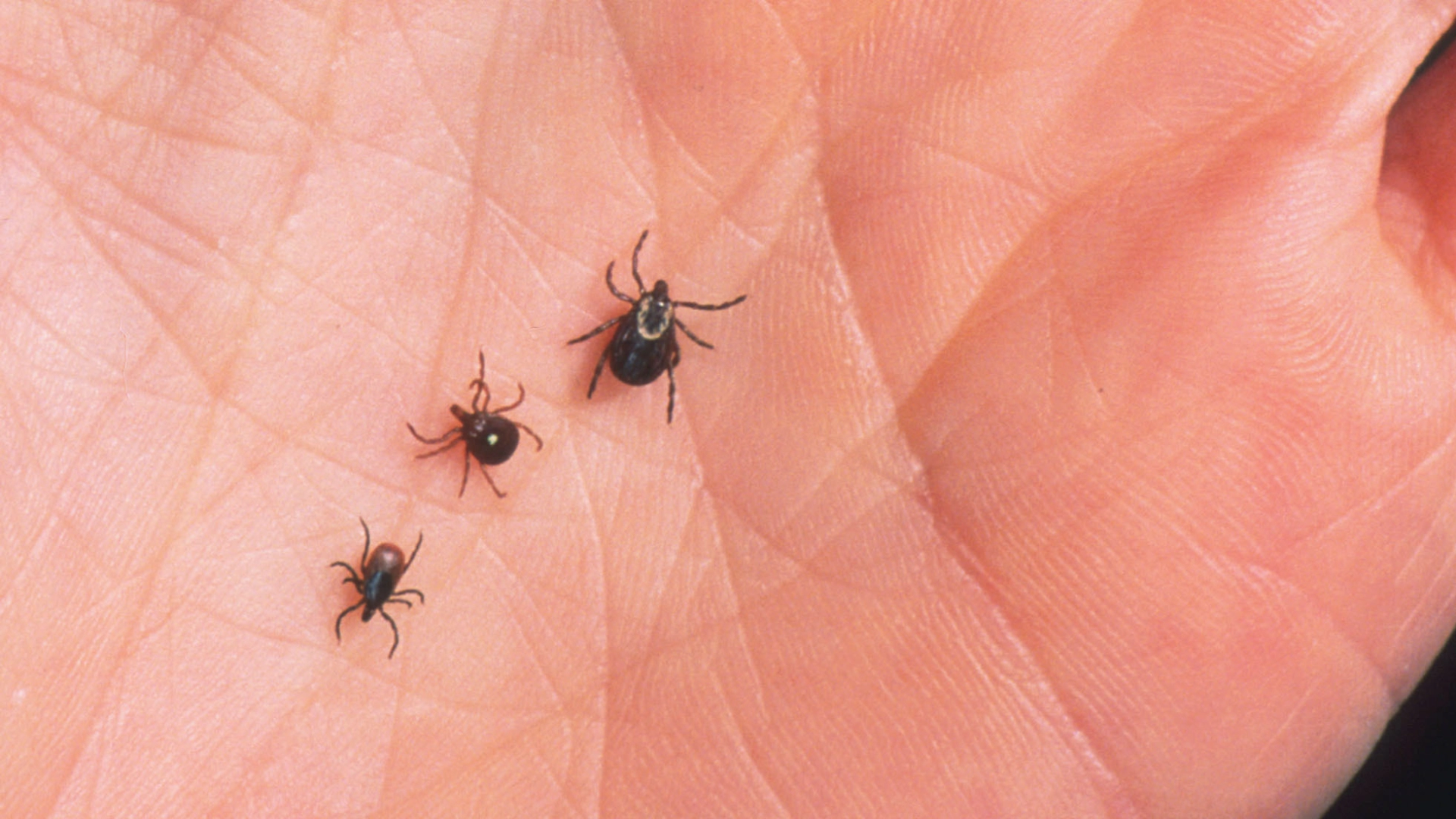Tick bites occur when a tick attaches itself to your skin to feed on your blood. You may not even notice the bite unless you find the tick still attached. While the bite itself is often painless, it can transmit dangerous infections.
What are ticks?
Ticks are tiny, wingless parasites—some as small as a poppy seed. Found in wooded or grassy areas, they latch onto people or animals and feed for hours or days. They burrow their heads into the skin, and as they feed, their bodies swell.
Why are tick bites dangerous?
While not every tick bite leads to illness, ticks can transmit bacteria, viruses, and parasites into your bloodstream during feeding.
Tick-Borne Diseases
Ticks can spread several serious illnesses, including:
•Lyme disease (most common in the U.S.)
•Anaplasmosis
•Babesiosis
•Ehrlichiosis
•Rocky Mountain spotted fever
•Tick paralysis
•Alpha-gal syndrome (red meat allergy)
•Tularemia
•Powassan virus
And so on.
What are the symptoms of a tick-borne illness?
Common signs include:
•Fever or chills
•Muscle aches
•Fatigue
•Headache
•Rash (bullseye or red/purple spots)
•Nausea, vomiting
•Swollen lymph nodes
•Red meat allergy
If you’ve been in tick-prone areas and develop symptoms, inform your healthcare provider—even if you didn’t see a tick.
What to do if you find a tick biting you?
1.Clean the area with rubbing alcohol or soap and water.
2.Use fine-tipped tweezers to grasp the tick close to your skin and pull gently. Avoid squeezing the body.
3.Take a photo or save the tick in a sealed container for identification.
4.Wash the area again thoroughly.
5.Contact a healthcare provider, especially if you develop symptoms or aren’t sure how long the tick was attached.
When should you seek medical care?
Contact your provider if:
•The tick was attached for hours or appears swollen
•You develop a rash or flu-like symptoms
•The bite becomes painful, swollen, or blistered
You can reduce your risk of tick bites with the following steps:
•Avoid tall grass and woods. On hikes, stick to the center of cleared trails.
•Use tick repellent.
•Cover your skin: Wear long pants, sleeves, and socks when in tick-prone areas to minimize skin exposure.
•Check yourself for ticks: Look closely at common hiding spots—like your scalp, underarms, and behind knees. Have someone help check hard-to-see areas.
•Inspect your pets: Ticks can enter your home via pets. Check them regularly after outdoor time, and ask your vet about preventive treatments.
•Plan for travel: Before visiting areas where tick-borne diseases are common, consult a travel health clinic or the CDC. A vaccine for tick-borne encephalitis may be recommended.






